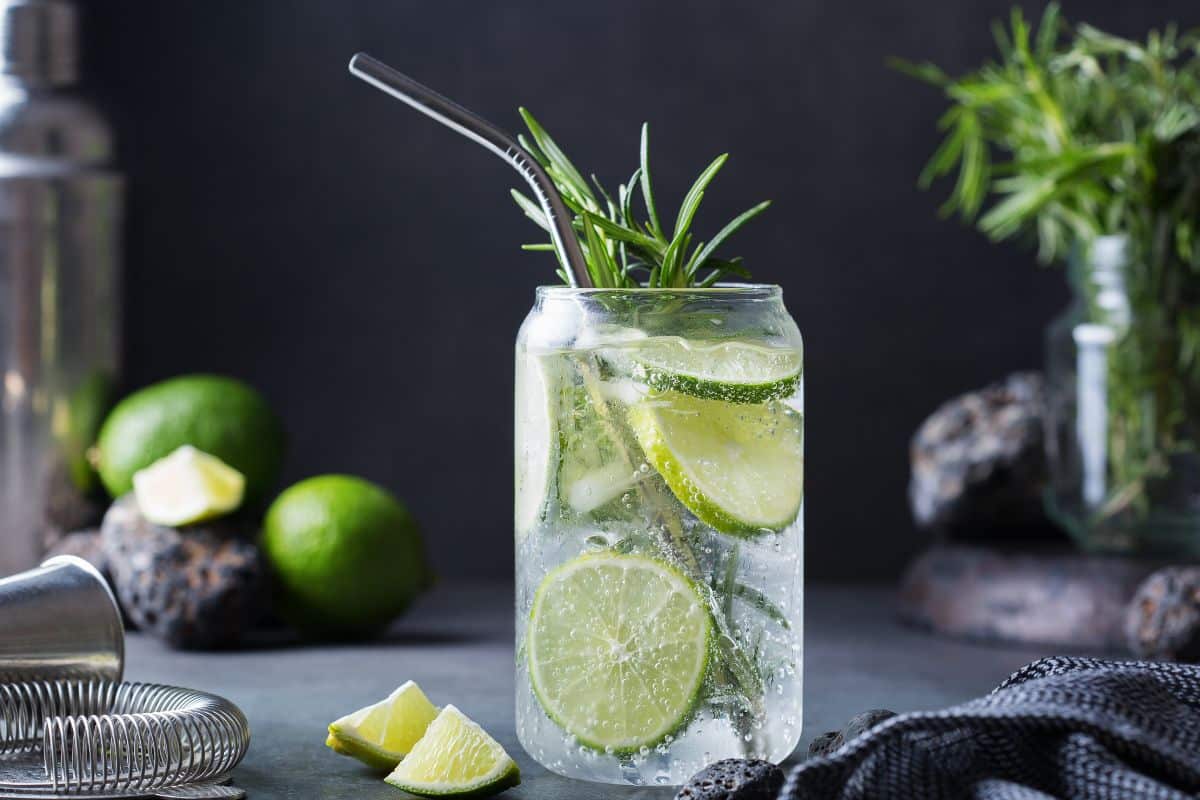Bubbling with curiosity about the differences between seltzer and sparkling water? You’re not alone. These effervescent beverages have surged in popularity as refreshing alternatives to sugary sodas, but the terminology can be confusing. While they might look identical in your glass, subtle distinctions separate these fizzy drinks, from their mineral content to production methods.
Understanding carbonated water basics
At their core, both seltzer and sparkling water contain water infused with carbon dioxide, creating that signature fizz we love. The bubbles form when carbon dioxide dissolves under pressure, releasing tiny gas bubbles when the container is opened. This carbonation process gives these beverages their refreshing mouthfeel and subtle tang.
Carbonated waters have been enjoyed for centuries, initially discovered in natural mineral springs where groundwater absorbed gases and minerals from surrounding rocks. These natural springs in places like San Pellegrino, Italy and Perrier, France became sought-after for their reputed health benefits and unique taste profiles.
Today’s market offers numerous bubbly water options, which can be categorized based on their carbonation method and mineral content:
- Naturally carbonated mineral water – Sourced from springs with natural carbonation
- Artificially carbonated mineral water – Spring water with added carbonation
- Seltzer water – Plain water with added carbonation
- Club soda – Carbonated water with added minerals
- Tonic water – Carbonated water with quinine and sweeteners
The distinctions matter not just for taste preferences but also for culinary applications. Just as different cucumber varieties serve specific purposes in cooking, various carbonated waters bring different qualities to beverages and recipes.
Seltzer: simple carbonation with no frills
Seltzer water represents carbonation in its purest form – simply water with added carbon dioxide. Named after the German town of Selters, known for its natural springs, modern seltzer contains no added minerals or salts. This creates a clean, crisp taste that makes it an ideal blank canvas for flavoring.
The defining characteristics of seltzer include:
Minimal mineral content compared to other carbonated waters, giving it a neutral profile. Most seltzers use filtered tap or spring water before adding carbonation, ensuring any impurities are removed. This results in a clean taste without the mineral notes found in other sparkling waters.
Seltzer’s versatility has made it incredibly popular in recent years, with flavored varieties dominating store shelves. These range from subtle hints of fruit to bolder combinations like blackberry cucumber or grapefruit rosemary. The category has even expanded to include alcoholic “hard seltzers” which combine the refreshing quality of seltzer with spirits.
In cooking, seltzer shines in applications where neutral carbonation is desired. It creates light, airy batters for tempura and other fried foods. The carbonation helps create tiny air pockets that result in exceptionally crisp textures when fried, without adding competing flavors.
Sparkling water: the mineral-rich alternative
Unlike seltzer’s simplicity, sparkling water typically contains naturally occurring or added minerals. The term “sparkling water” serves as an umbrella category that includes mineral water with natural carbonation, artificially carbonated mineral water, and club soda.
What distinguishes sparkling water from seltzer is primarily the mineral content, which can include:
- Sodium compounds (sodium bicarbonate, sodium citrate)
- Potassium salts (potassium bicarbonate, potassium sulfate)
- Calcium compounds
- Magnesium
- Trace minerals depending on source
These minerals contribute subtle flavor notes that range from slightly salty to faintly sweet. Premium sparkling waters from specific regions, like Italian San Pellegrino or French Perrier, derive unique taste profiles from their distinctive mineral compositions, similar to how different citrus varieties offer unique flavor profiles.
Natural sparkling mineral waters come from springs where water has passed through mineral-rich geological formations. The water absorbs minerals and gases along its journey, emerging naturally carbonated. These products are often certified as organic products when they meet strict sourcing and processing standards.
Club soda represents another sparkling water variant, containing artificially added minerals to mimic natural mineral waters. The added sodium bicarbonate (baking soda) gives club soda its characteristic taste, making it a popular mixer for cocktails where its mineral notes complement spirits.
Making the right choice for your needs
Selecting between seltzer and sparkling water ultimately depends on your intended use and taste preferences. For those seeking pure refreshment without additional flavors, seltzer provides a clean, neutral base. Its absence of minerals makes it ideal for cocktails where you don’t want competing mineral notes.
Sparkling mineral waters shine when enjoyed on their own, where their subtle mineral complexities can be appreciated. Many connoisseurs approach natural mineral waters like fine wines, noting the terroir and unique characteristics of each source. Just as persimmon varieties offer different experiences, each sparkling water brand provides a unique tasting experience.
Health considerations may also influence your choice. The minerals in sparkling water potentially offer nutritional benefits, though in small amounts. However, those monitoring sodium intake should check labels, as some sparkling waters contain significant sodium levels.
Whether you choose the pristine simplicity of seltzer or the mineral complexity of sparkling water, both offer hydrating alternatives to sugary beverages. Their rising popularity reflects growing consumer interest in healthier, more sophisticated beverage options that please the palate while supporting wellbeing.

